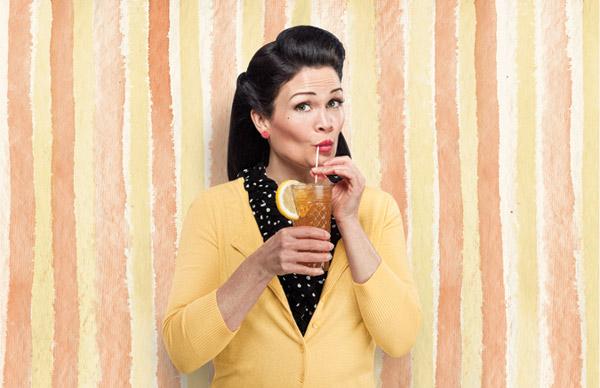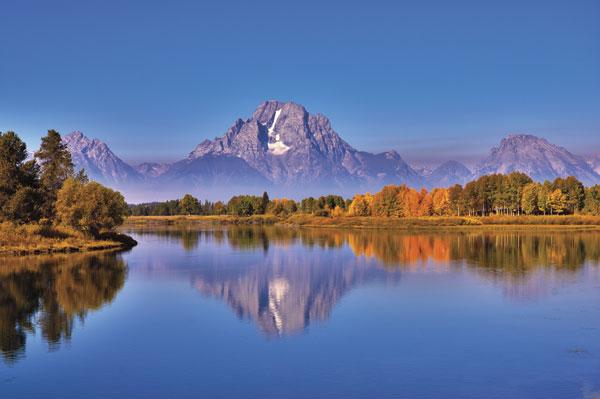Pro Techniques
Sort By: Post Date TitlePublish Date
|
Mar 09, 2012 |
First Published: Feb 01, 2012 |
|
Feb 23, 2012 |
First Published: Jan 01, 2012 |
|
Jan 31, 2012 |
First Published: Dec 01, 2011 |
|
Jan 30, 2012 |
First Published: Dec 01, 2011 |
|
Jan 24, 2012 |
First Published: Dec 01, 2011 |
|
Dec 23, 2011 |
First Published: Nov 01, 2011 |
|
Nov 21, 2011 |
First Published: Oct 01, 2011 |
|
Nov 17, 2011 |
First Published: Oct 01, 2011 |
|
Nov 15, 2011 |
First Published: Oct 01, 2011 |
|
Oct 31, 2011 |
First Published: Sep 01, 2011 |
|
Oct 19, 2011 |
First Published: Sep 01, 2011 |
|
Oct 12, 2011 |
First Published: Sep 01, 2011 |
|
Sep 26, 2011 |
First Published: Aug 01, 2011 |
|
Sep 20, 2011 |
First Published: Aug 01, 2011 |
|
Sep 01, 2011 |
First Published: Jul 01, 2011 |
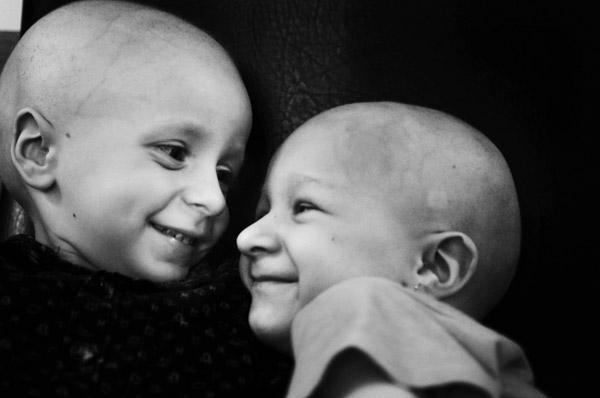
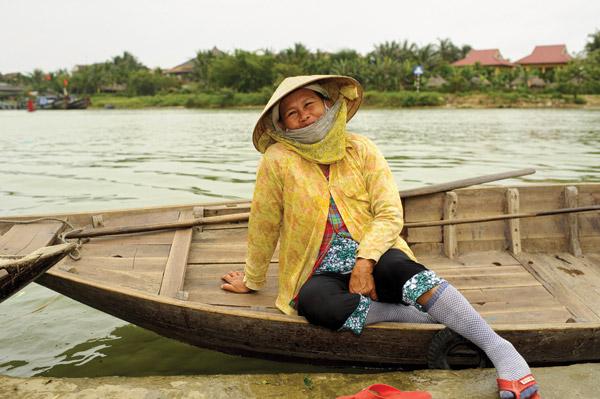
 Chase Jarvis is one of a new breed of successful young photographers who’s at the top of his game. His use of social networking has brought him an enormous following while his exploration of radical business models is opening new markets. Best known for his lifestyle and sports images, the creative and financial success of his personal projects has earned him top corporate clients like Nikon, Reebok, and Microsoft.
Chase Jarvis is one of a new breed of successful young photographers who’s at the top of his game. His use of social networking has brought him an enormous following while his exploration of radical business models is opening new markets. Best known for his lifestyle and sports images, the creative and financial success of his personal projects has earned him top corporate clients like Nikon, Reebok, and Microsoft.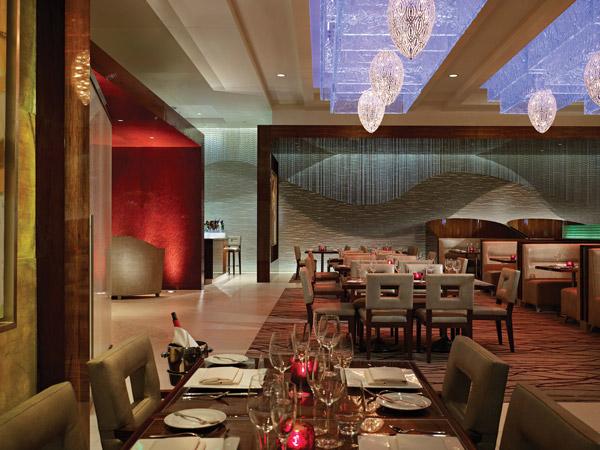
 After almost 40 years of making platinum prints, chemical fumes had harmed Tom Millea’s lungs to a point where he could no longer go into the darkroom. He says, “Closing my studio was traumatic in the extreme.” He didn’t believe that anyone else was capable of printing his work as he envisioned it. He liked computers but had no desire to try to make digital prints look like his platinum prints. “One technique could not replace the other,” he says. He selected prints from his inventory to sell in gallery shows and considered himself retired.
After almost 40 years of making platinum prints, chemical fumes had harmed Tom Millea’s lungs to a point where he could no longer go into the darkroom. He says, “Closing my studio was traumatic in the extreme.” He didn’t believe that anyone else was capable of printing his work as he envisioned it. He liked computers but had no desire to try to make digital prints look like his platinum prints. “One technique could not replace the other,” he says. He selected prints from his inventory to sell in gallery shows and considered himself retired.







